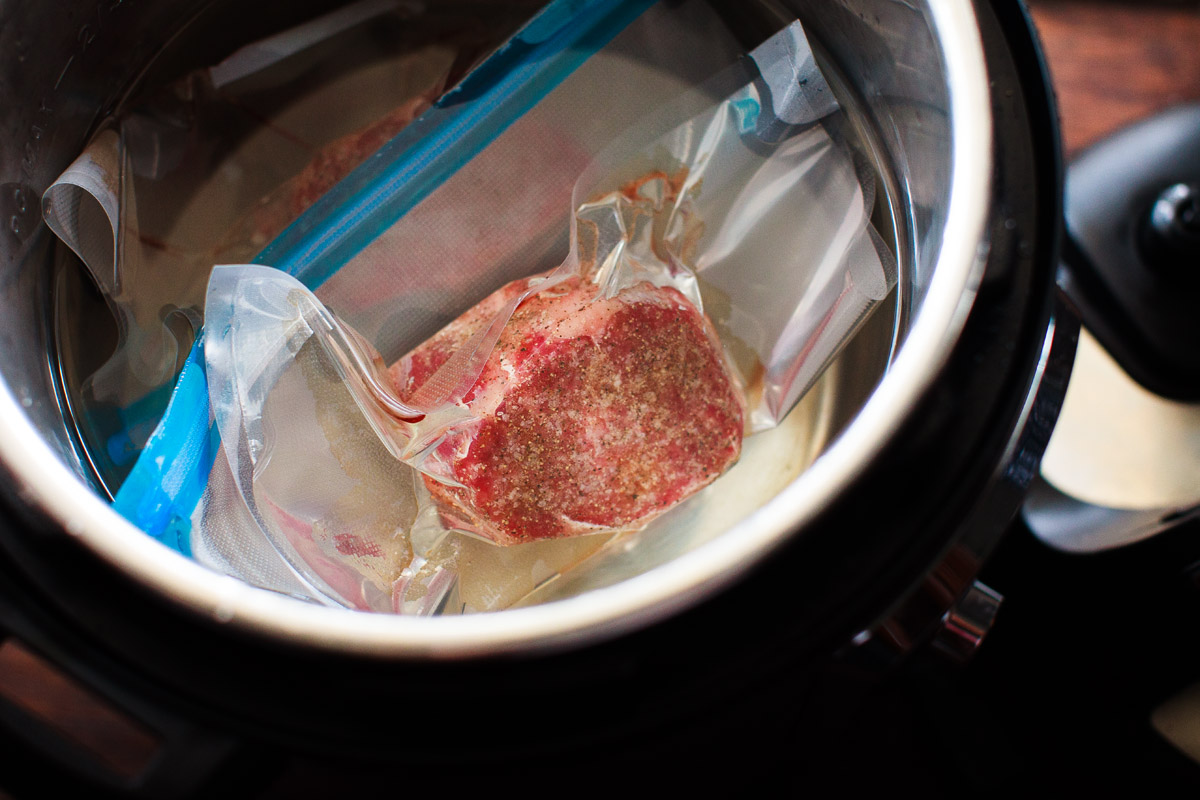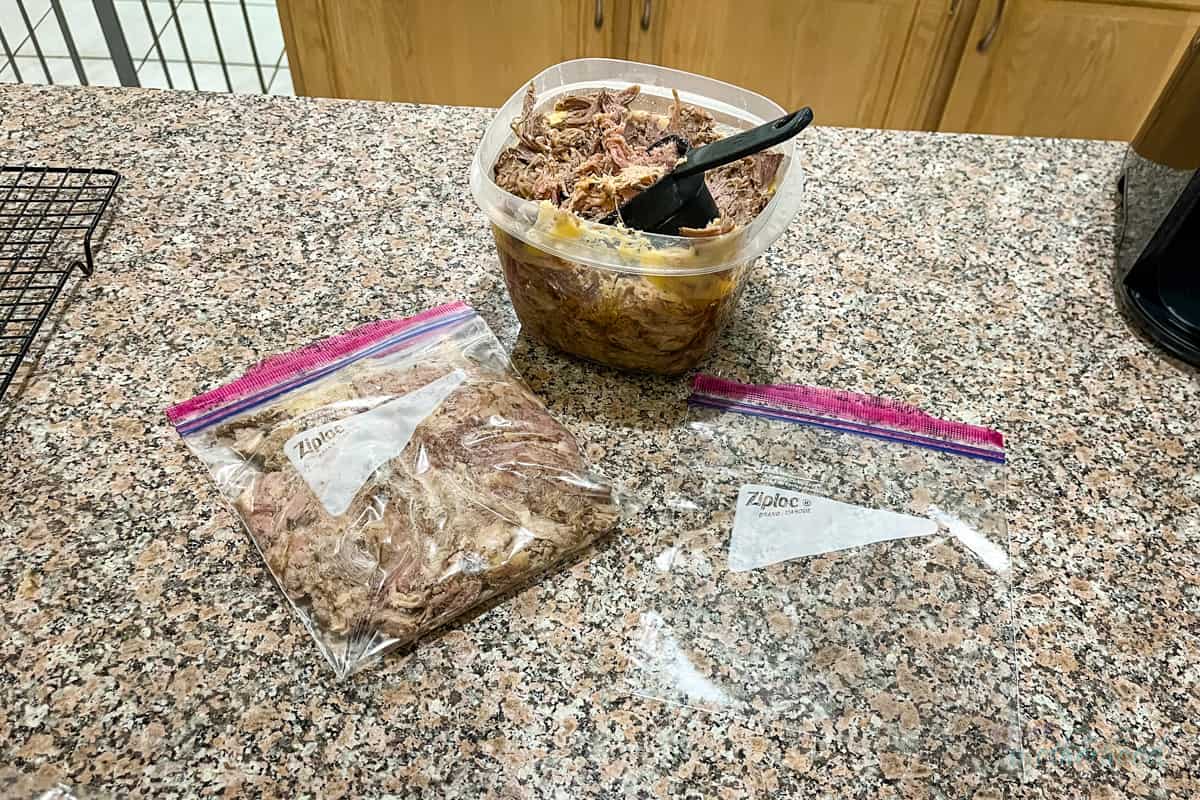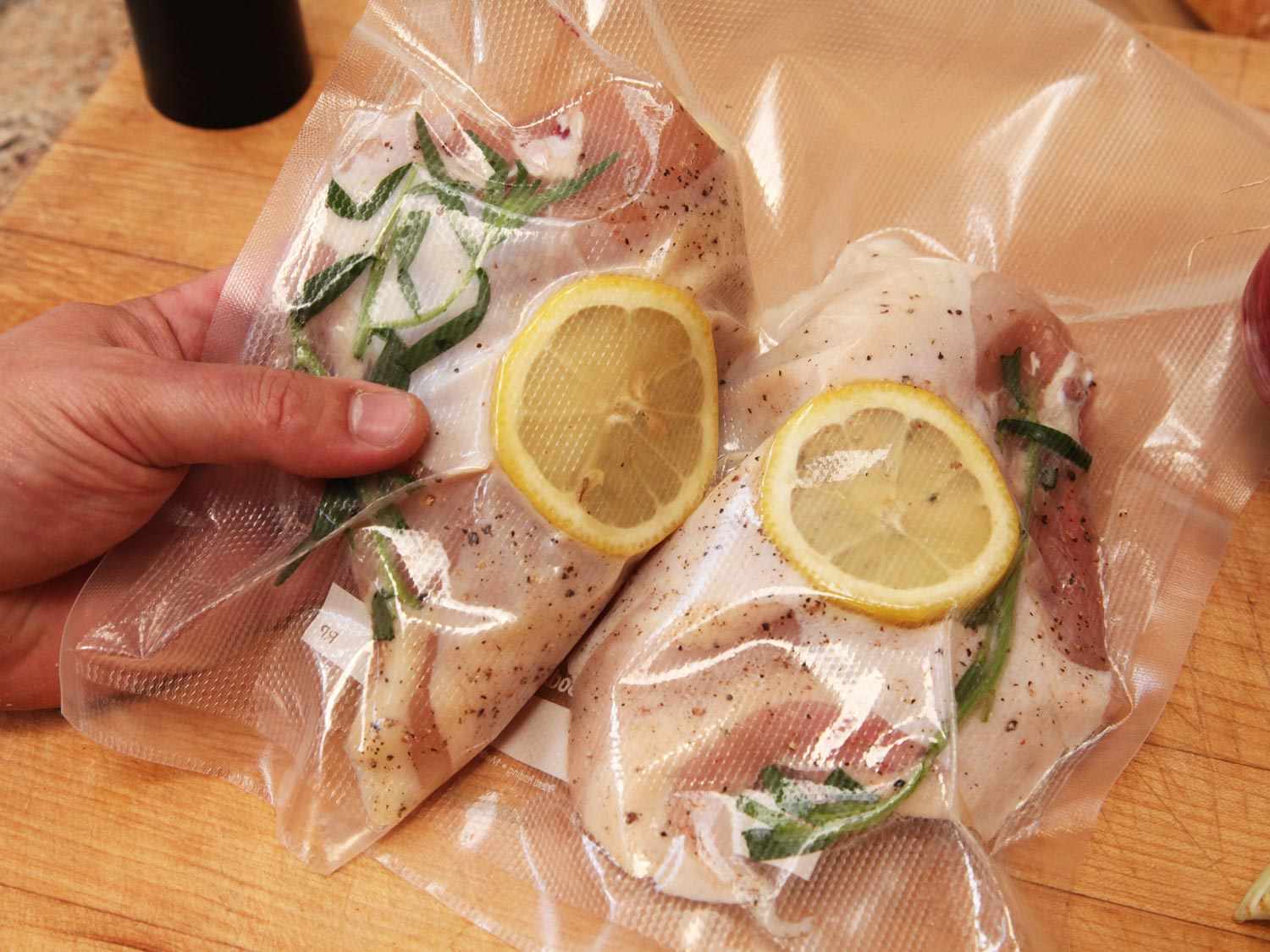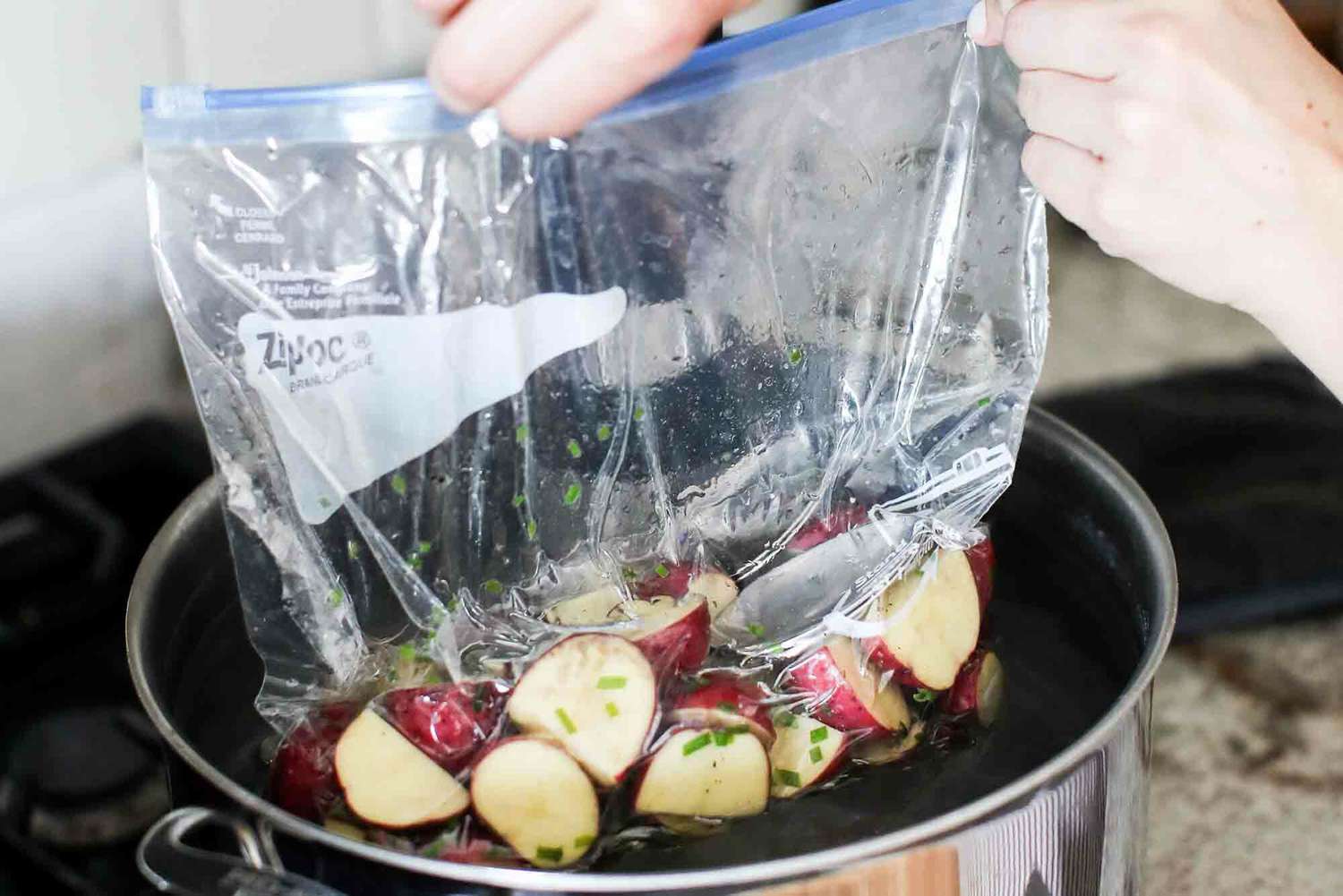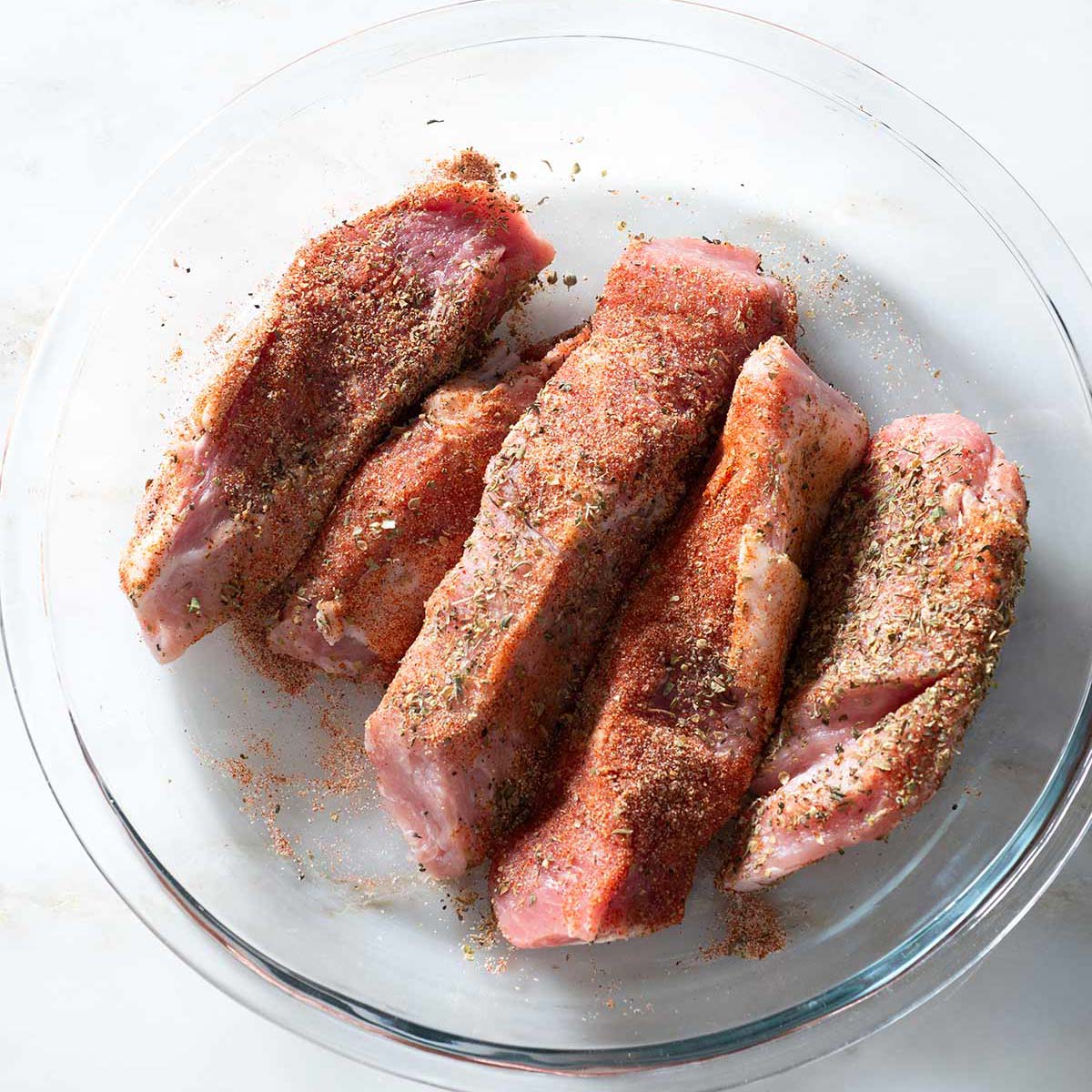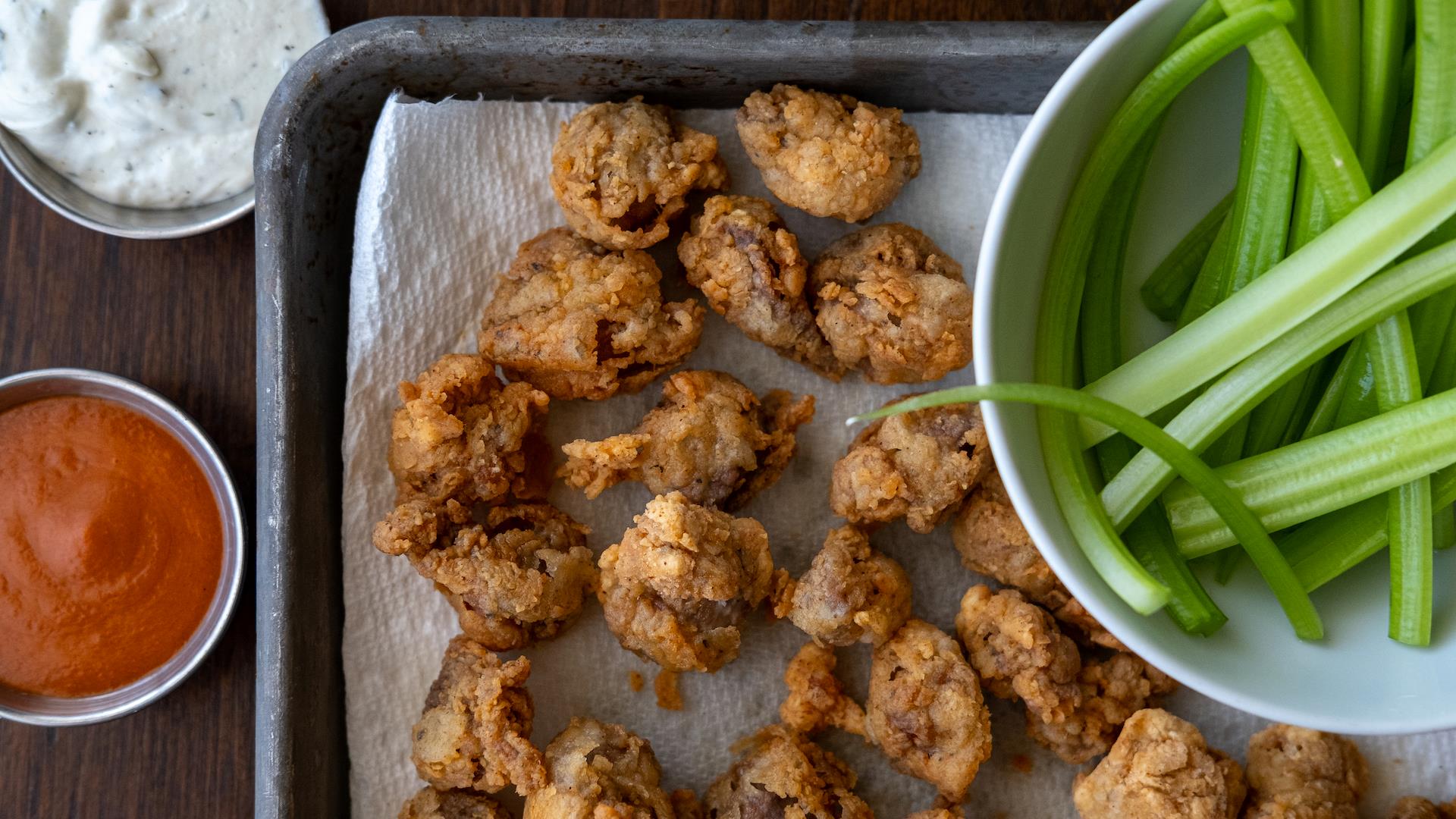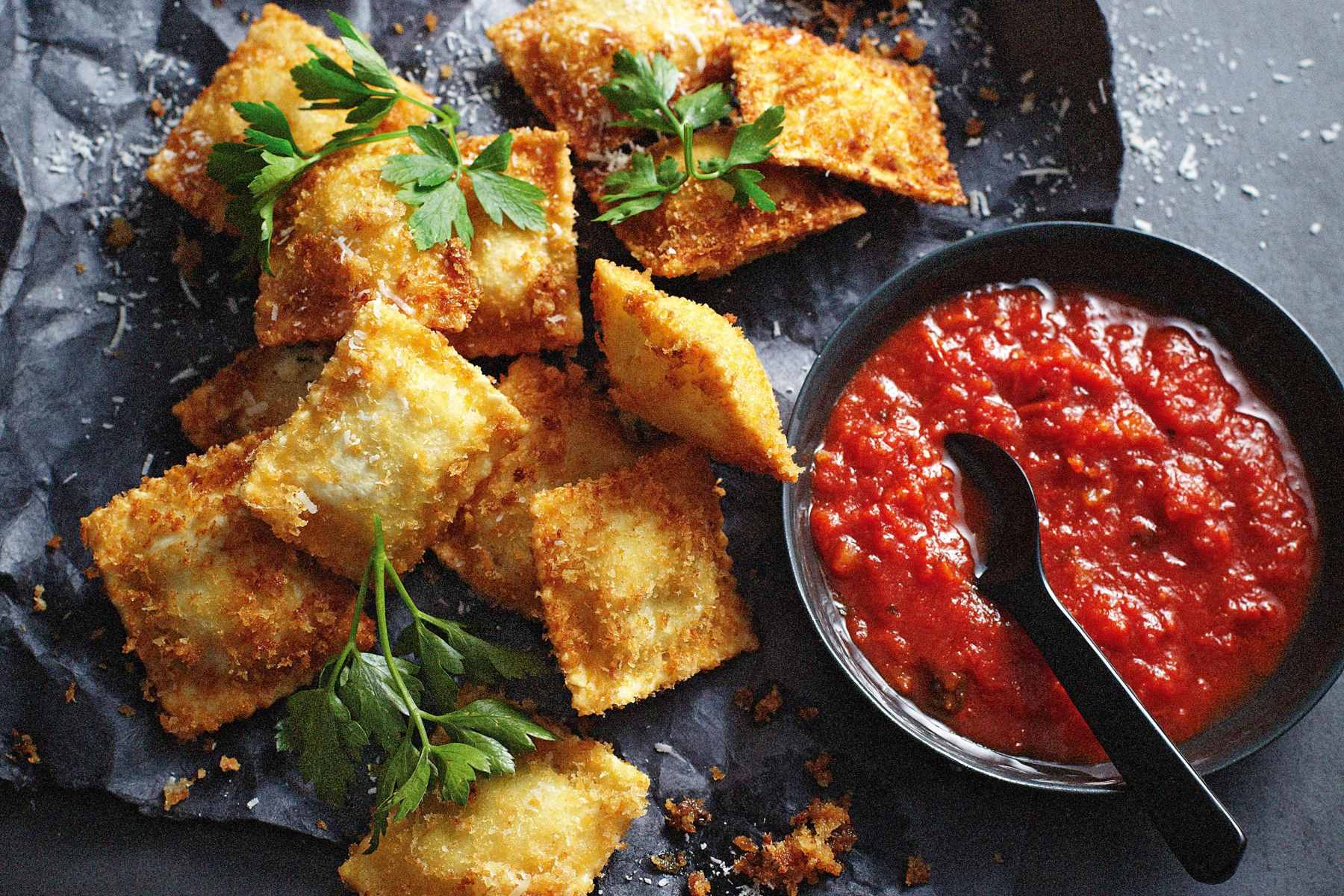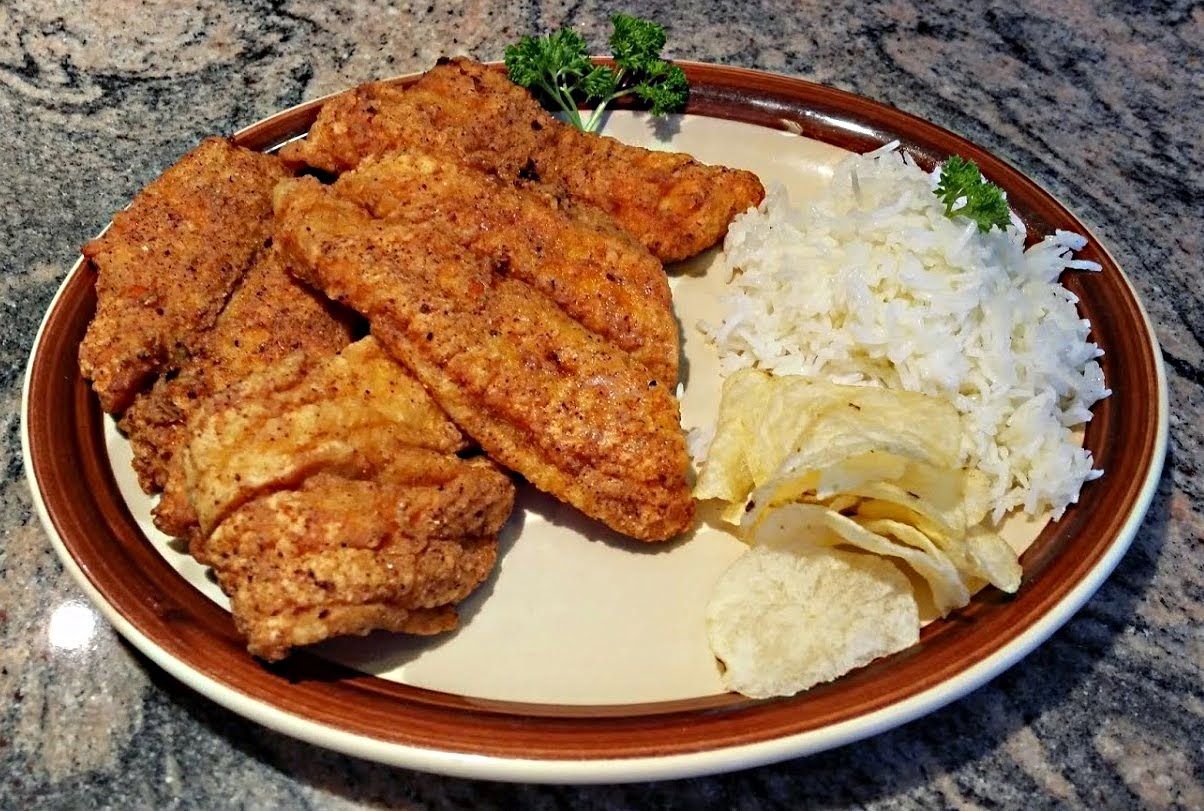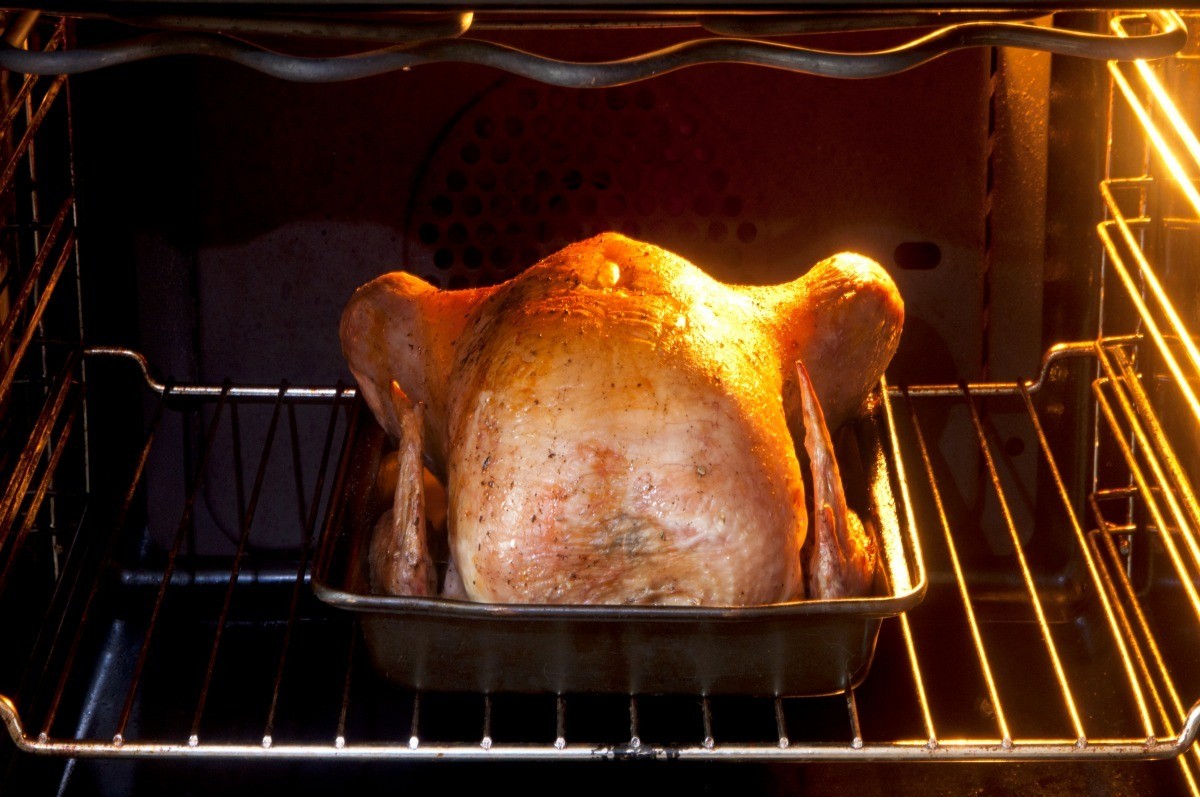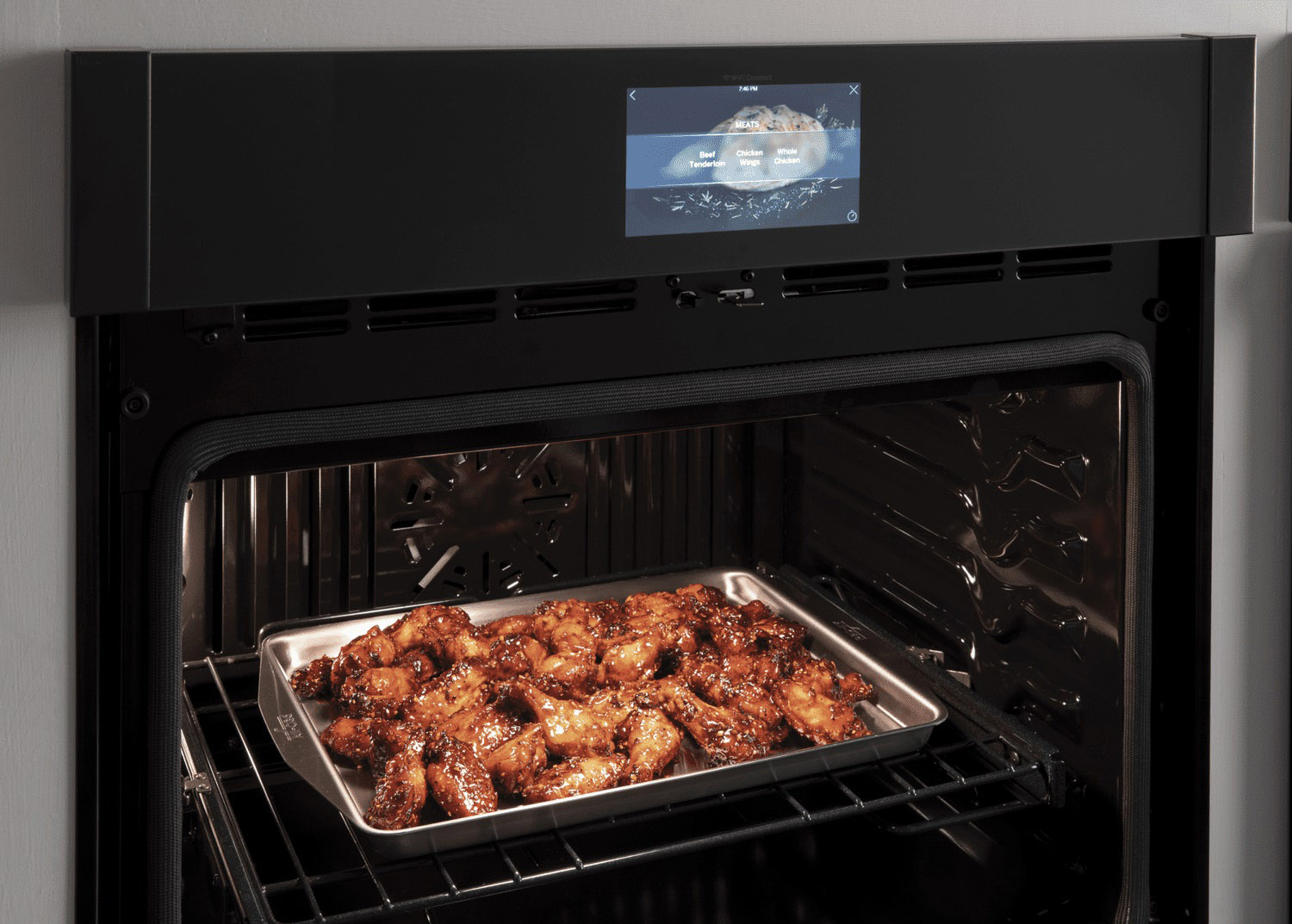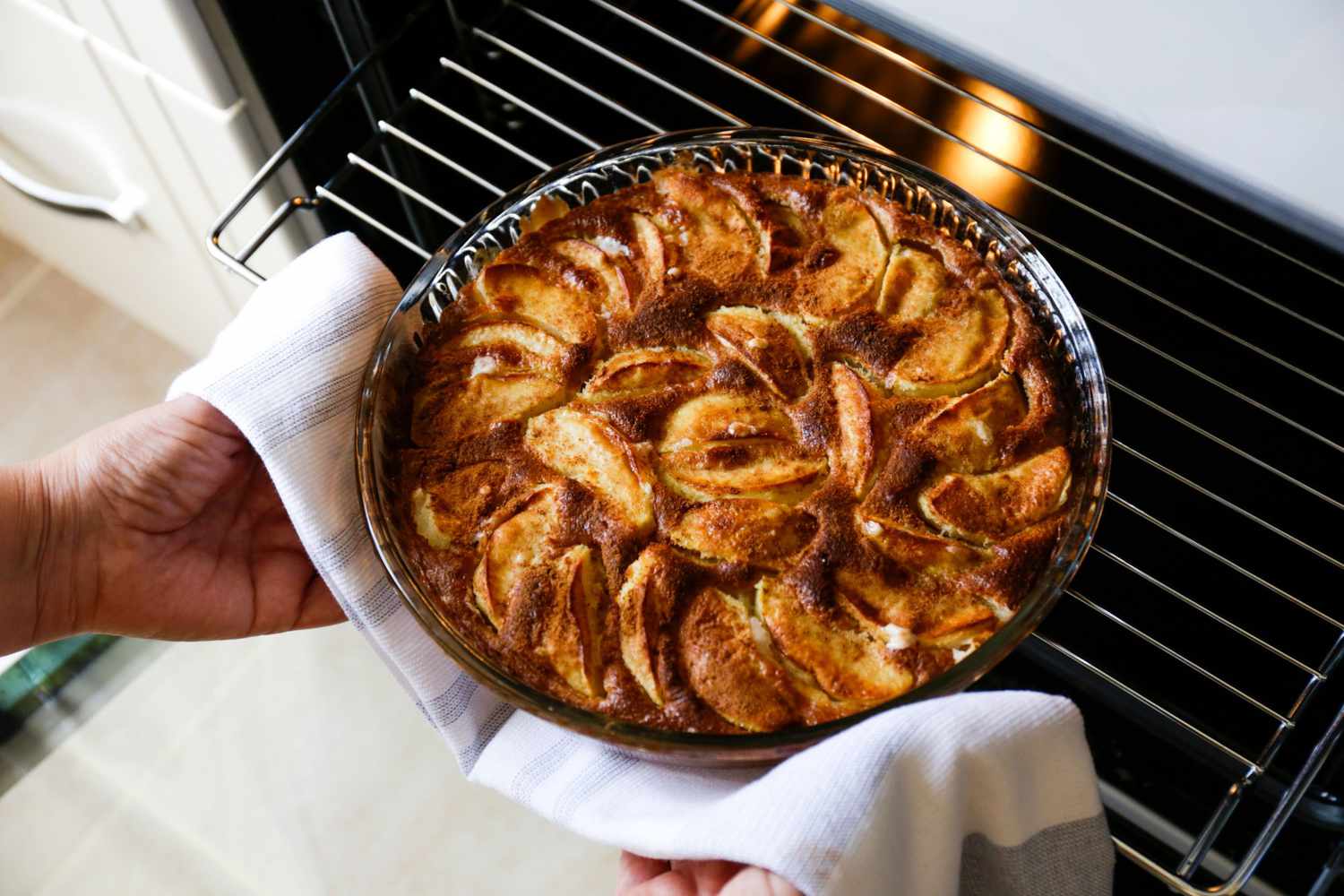What is Sous Vide Cordial?
Sous vide cordial is a method of infusing flavors into a liquid, typically a simple syrup, using the sous vide cooking technique. This process allows for precise temperature control, resulting in a perfectly infused cordial with minimal effort.
Ingredients and Equipment
Before you begin the sous vide cordial process, gather the following ingredients and equipment:
- Simple syrup
- Flavoring agents (such as fruits, herbs, or spices)
- Vacuum-sealed bags or mason jars
- Sous vide immersion circulator
- Water bath container
Steps to Make Sous Vide Cordial
Follow these simple steps to create your own delicious sous vide cordial:
- Prepare the flavoring agents by washing and chopping fruits, or crushing herbs and spices to release their essential oils.
- Combine the flavoring agents with the simple syrup in a vacuum-sealed bag or mason jar. Ensure that the ingredients are evenly distributed.
- Seal the bag using a vacuum sealer or close the mason jar tightly to create a secure seal.
- Preheat the water bath to the desired temperature according to your recipe. For most cordials, a temperature between 135°F and 150°F is ideal.
- Place the sealed bag or mason jar into the water bath, ensuring that it is fully submerged. Allow the cordial to cook for the specified time, typically 1-2 hours.
- Once the cooking time is complete, carefully remove the bag or mason jar from the water bath and let it cool to room temperature.
- Strain the infused cordial to remove any solid particles, then transfer it to a clean, airtight container for storage.
Benefits of Sous Vide Cordial
There are several benefits to making cordial using the sous vide method:
- Precise temperature control ensures that the flavors are infused evenly without the risk of overcooking or burning.
- The sealed environment of the vacuum-sealed bag or mason jar helps to preserve the freshness and intensity of the flavors.
- Sous vide cordial can be made in larger batches and stored for extended periods, making it convenient for future use in cocktails, mocktails, and desserts.
Recipes Using Sous Vide Cordial
Once you have mastered the art of making sous vide cordial, you can use it to create a variety of delicious beverages and treats. Consider using your homemade cordial in the following recipes:
- Sous Vide Cordial Cocktails: Experiment with different flavor combinations to craft unique and refreshing cocktails.
- Mocktails: Create alcohol-free mocktails by mixing your cordial with sparkling water and fresh garnishes.
- Desserts: Drizzle your sous vide cordial over ice cream, fruit salads, or baked goods for a burst of flavor.
Conclusion
Sous vide cordial offers a simple yet effective way to infuse flavors into simple syrup, providing endless possibilities for creative culinary endeavors. With the right ingredients, equipment, and techniques, you can elevate your beverage and dessert game with homemade sous vide cordial.
For those looking to put their newfound sous vide cordial skills to the test, the recipes for Blueberry Lavender Sous Vide Cordial Lemonade and Ginger Lime Sous Vide Cordial Moscow Mule are must-tries. The Blueberry Lavender Sous Vide Cordial Lemonade offers a refreshing twist on a classic summer drink, infusing it with delicate floral notes and a burst of blueberry flavor. On the other hand, the Ginger Lime Sous Vide Cordial Moscow Mule provides a zesty and invigorating option, perfect for cocktail enthusiasts who enjoy the sharpness of ginger balanced with the tang of lime. Both recipes showcase the versatility and depth of flavor that sous vide cordials can bring to your beverage repertoire.
